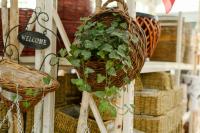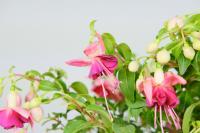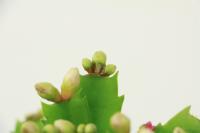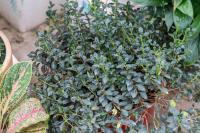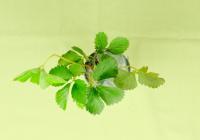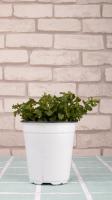Self growth
Metabolism
If the leaves of Anthurium andraeanum turn yellow, pay attention to the situation of other leaves. If the leaves are bright yellow and green and the flowers grow well, it indicates that new leaves are growing, and the old leaves turn yellow and fall, which is a normal phenomenon
Therefore, during flowering, remove the old leaves and cut off the yellow leaves in time. Clean the dead branches on the surface of the basin soil in time to avoid affecting the flowering
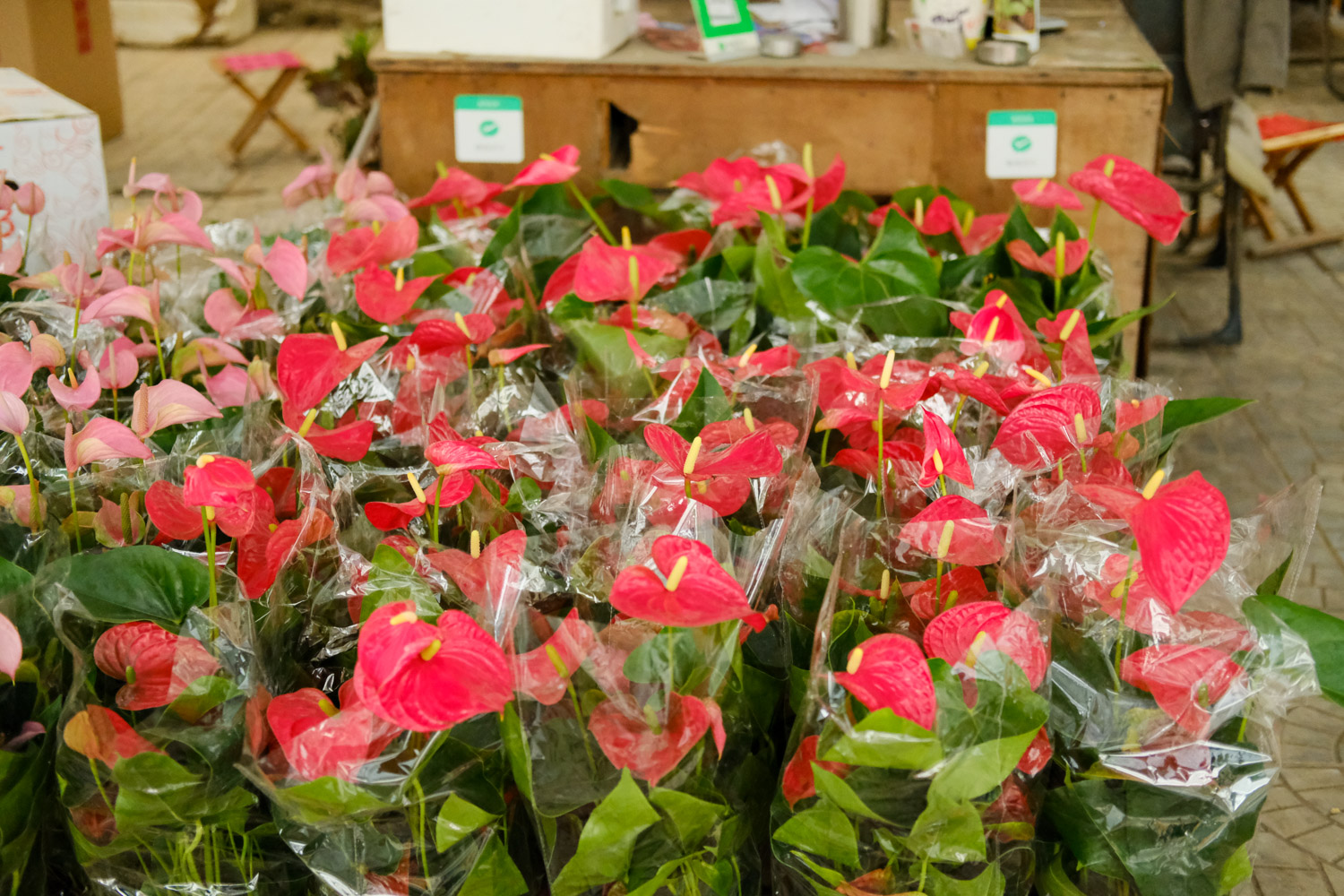
Bacterial infection
The leaves of Anthurium andraeanum are yellow and dry, which is likely to be damaged by bacteria. You can spray 0.3% solution of garlic juice, 0.2% vinegar or use special agents Carbendazim and chlorothalonil for treatment
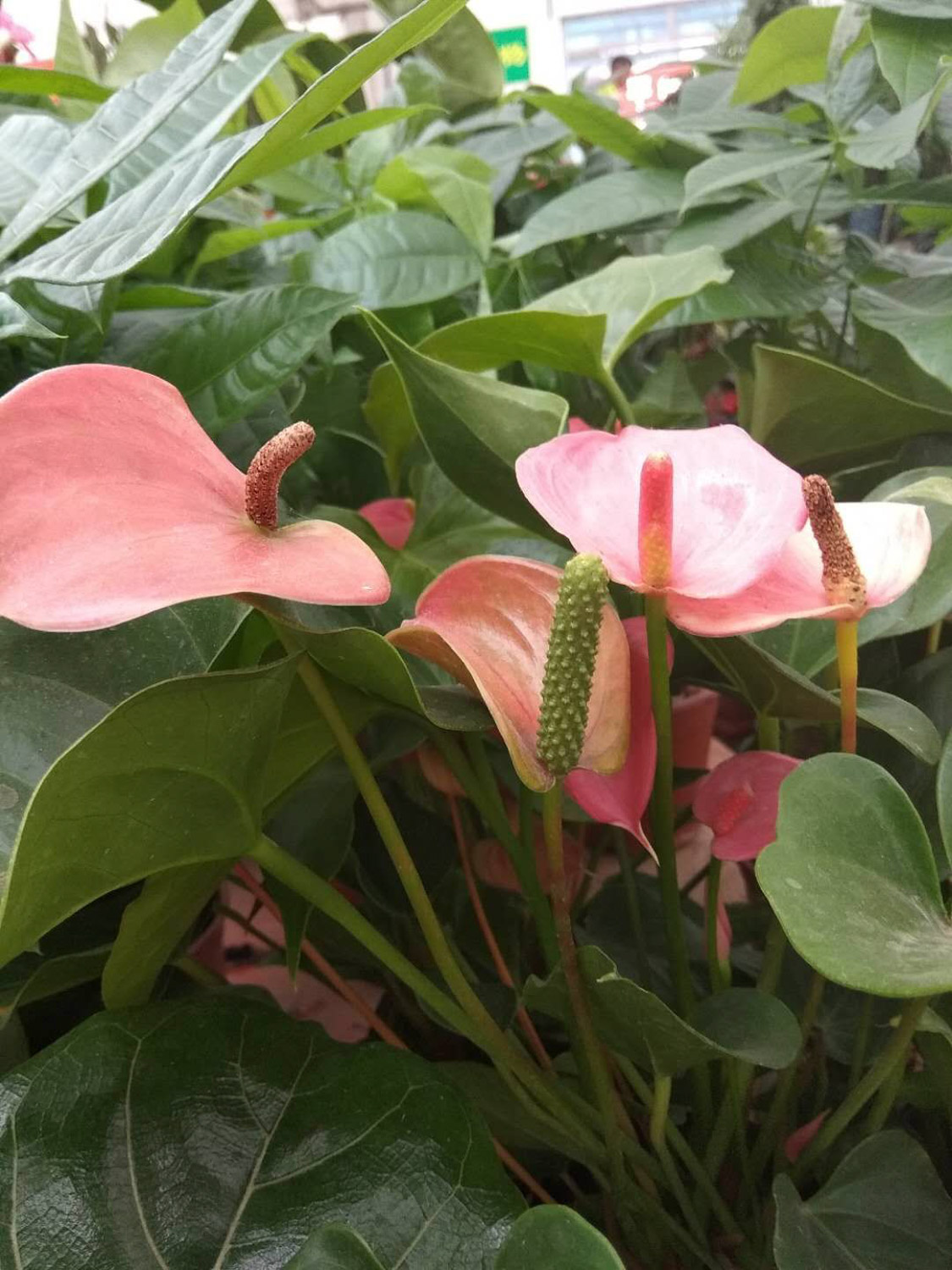
External environment
Soil discomfort
The soil and water in most areas of the North contain a lot of salt and alkali, lack of soluble iron required for plant growth, and do not change the soil for a long time, resulting in the lack of nutrients in the plant, and the leaves will gradually lose green and turn yellow
You can go to the florist to buy professional acid soil, or treat the original soil. Add oxalic acid to the soil to change its acidity and alkalinity. You can also pour some acidic water every week and dilute it with lemonade or edible vinegar
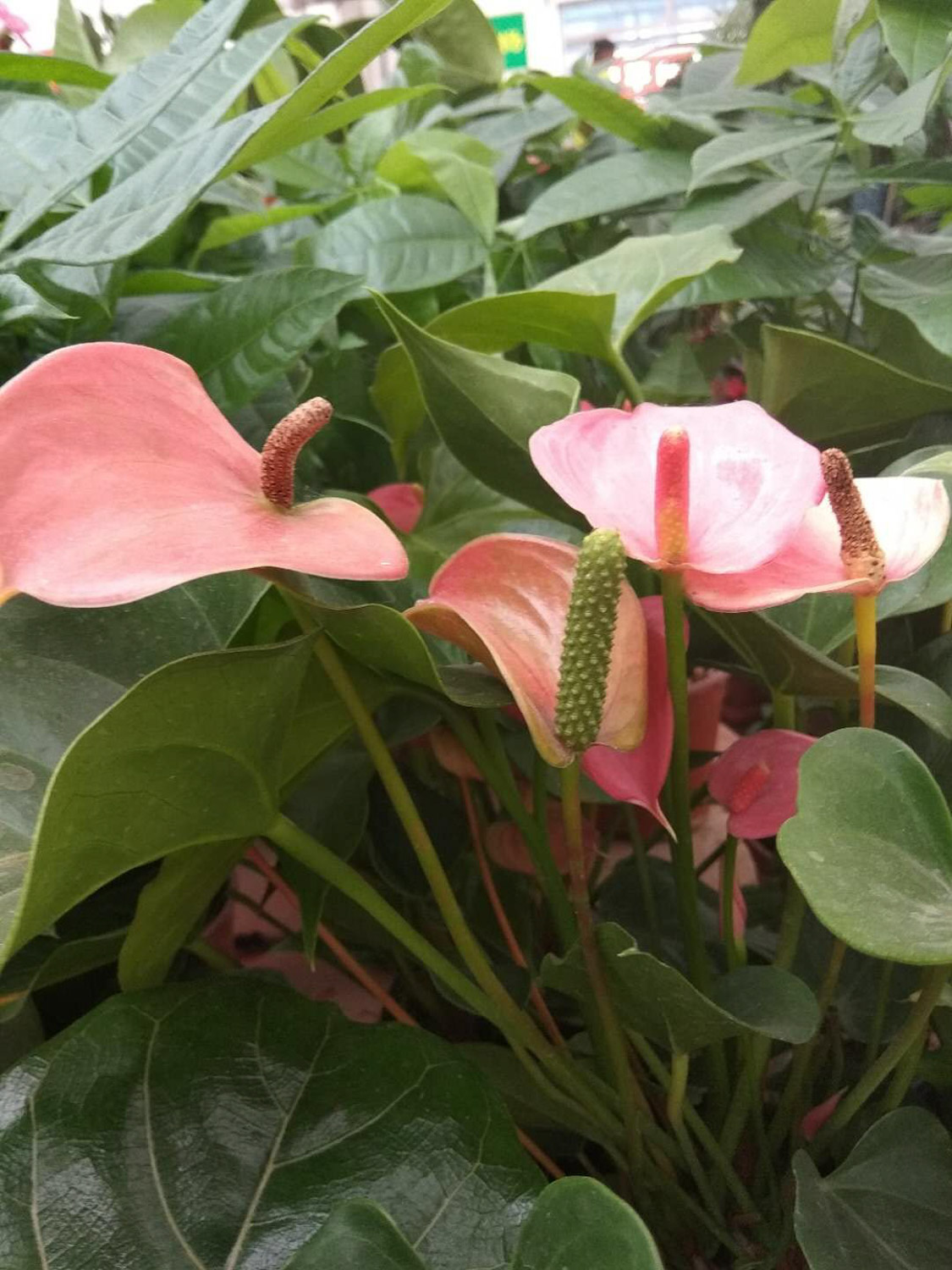
Air drying
The growth of Anthurium andraeanum needs high air humidity. When the indoor flower raising air is too dry in winter, the leaf tip is often dry and yellow, or the leaf edge is dry and scorched, or the leaves are scorched and curled
according to the growth characteristics of Anthurium and Anthurium, properly increase the air humidity, often spray to the leaves and surrounding environment. In winter, try to keep the plant away from the air outlet of heating and air conditioning
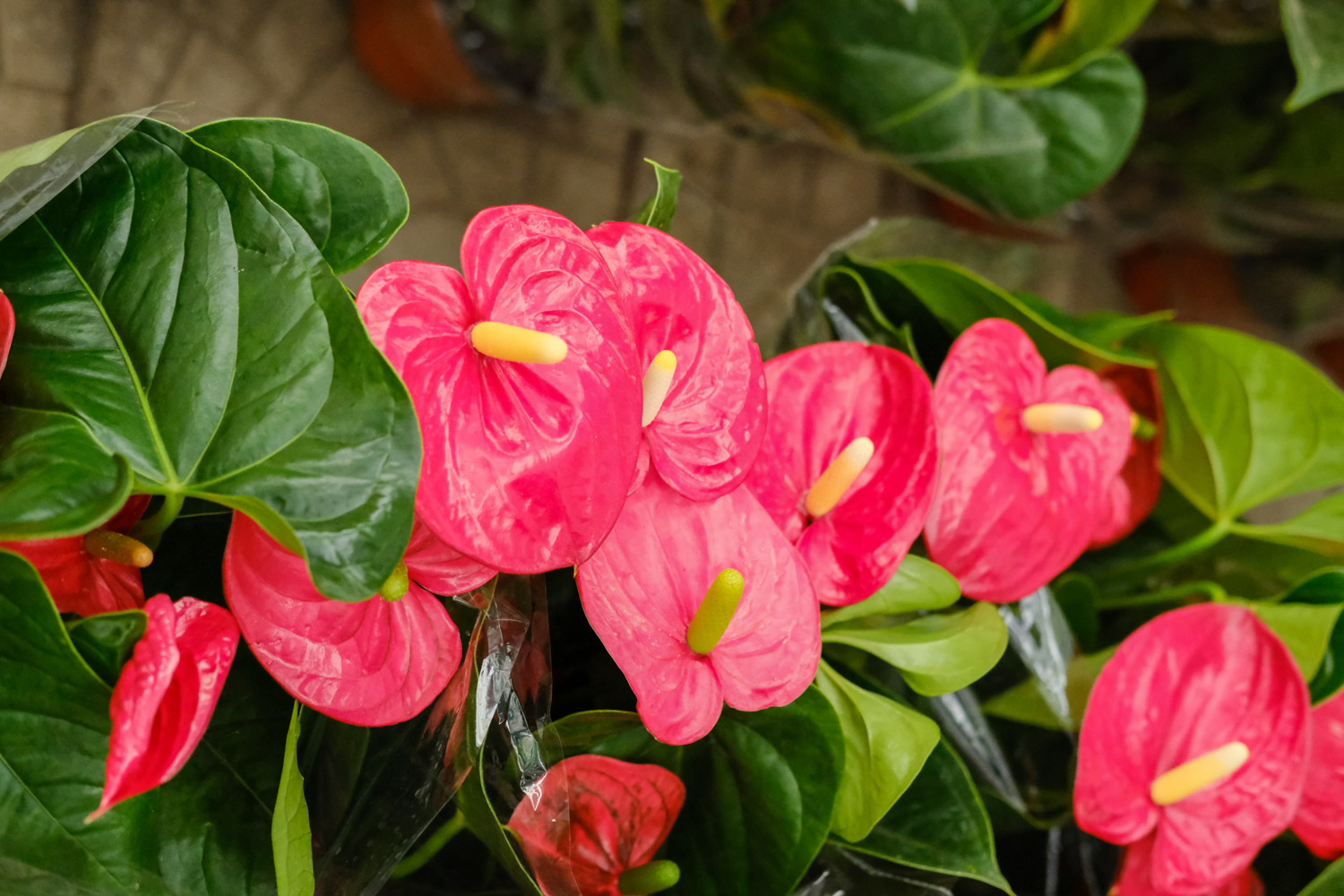
Insufficient light
If Anthurium andraeanum is placed in the shade or in the place with insufficient light for a long time, it will lead to weak growth, thin and yellow leaves, no or few flowers. During the flowering period, the plant should be maintained in a place with sufficient light and no direct sunlight, and the light intensity can be appropriately increased
Inappropriate temperature
If the indoor temperature is too low in winter, the leaves will turn yellow; If the room temperature is too high, the plant transpiration is too high, and the root water and nutrient supply is insufficient, the leaves will also turn yellow. In winter, people usually move the plants indoors close to the doors and windows. When the doors are opened, it will be cold and hot, which will cause the leaves to turn yellow. Therefore, the indoor temperature should be relatively stable
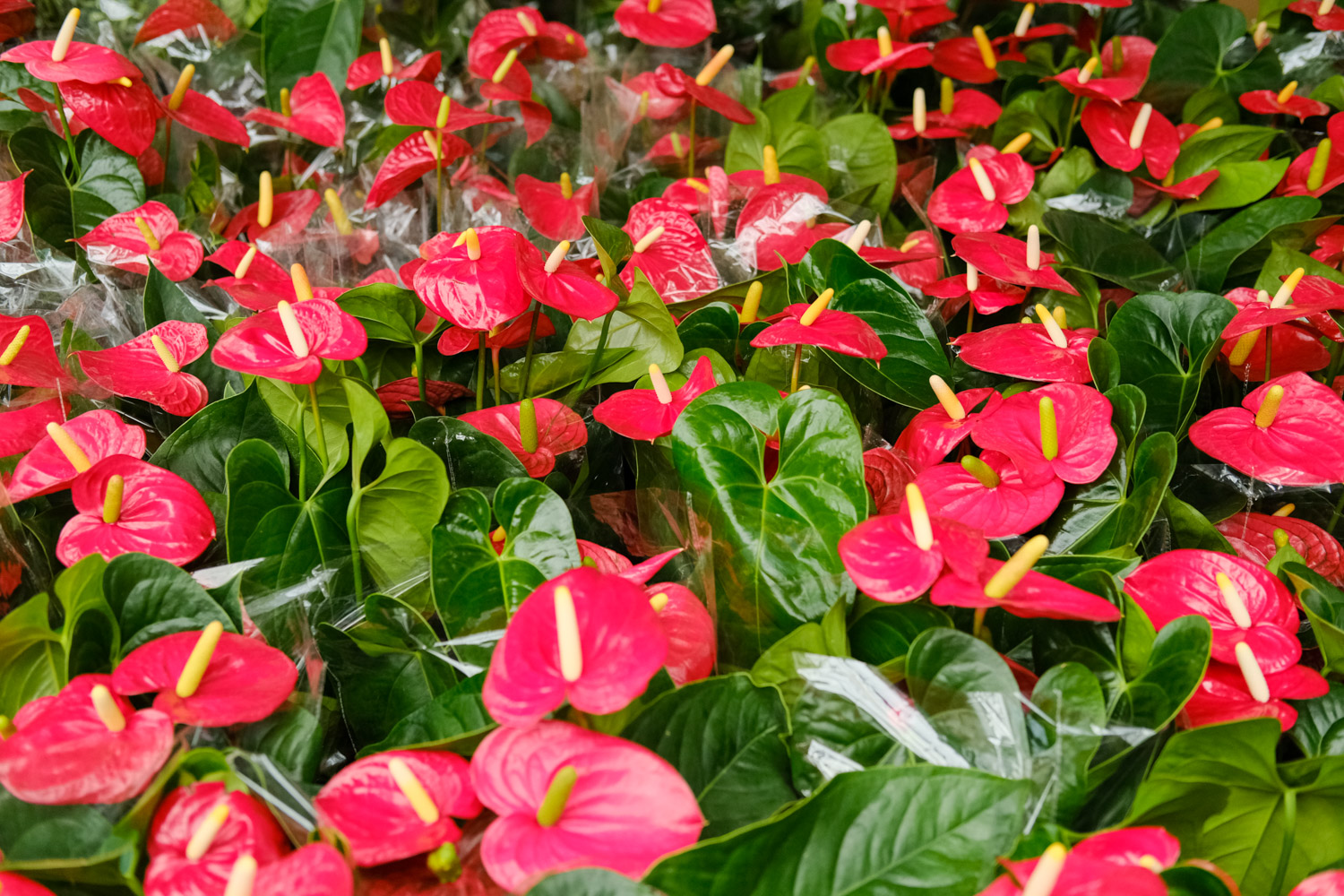
Manual maintenance
Excessive watering
The new leaves of Anthurium andraeanum turn yellow and the old leaves are normal. This situation is generally caused by excessive and frequent watering, which makes the soil in the basin too wet for a long time, or even ponding, resulting in the decay of some fibrous roots, hindering the normal breathing and absorption of nutrients, and causing the leaves to gradually turn yellow and fall off
The accumulated water in the basin shall be discharged in time. If the plant is in an environment where the soil is too wet for a long time, the plant can be removed from the pot, and the soil can be dried and replanted. After normal watering, the leaves will gradually return to green

Uneven fertilization
Less fertilization, or no basin change for a long time, and the lack of nitrogen and other nutrients in the soil leads to thin branches and leaves, and thin and yellow leaves. In addition, excessive fertilization will also lead to plump and uneven new leaves, and the dry tip and scorched yellow of old leaves will fall off
If the fertilization is too little, trace mineral elements should be added. Full water-soluble fertilizers such as "huaduoduo" can be used If the leaves turn yellow due to excessive fertilization, stop fertilization immediately and increase watering. In serious cases, some old soil can be removed, replaced with new soil, and managed normally after replanting
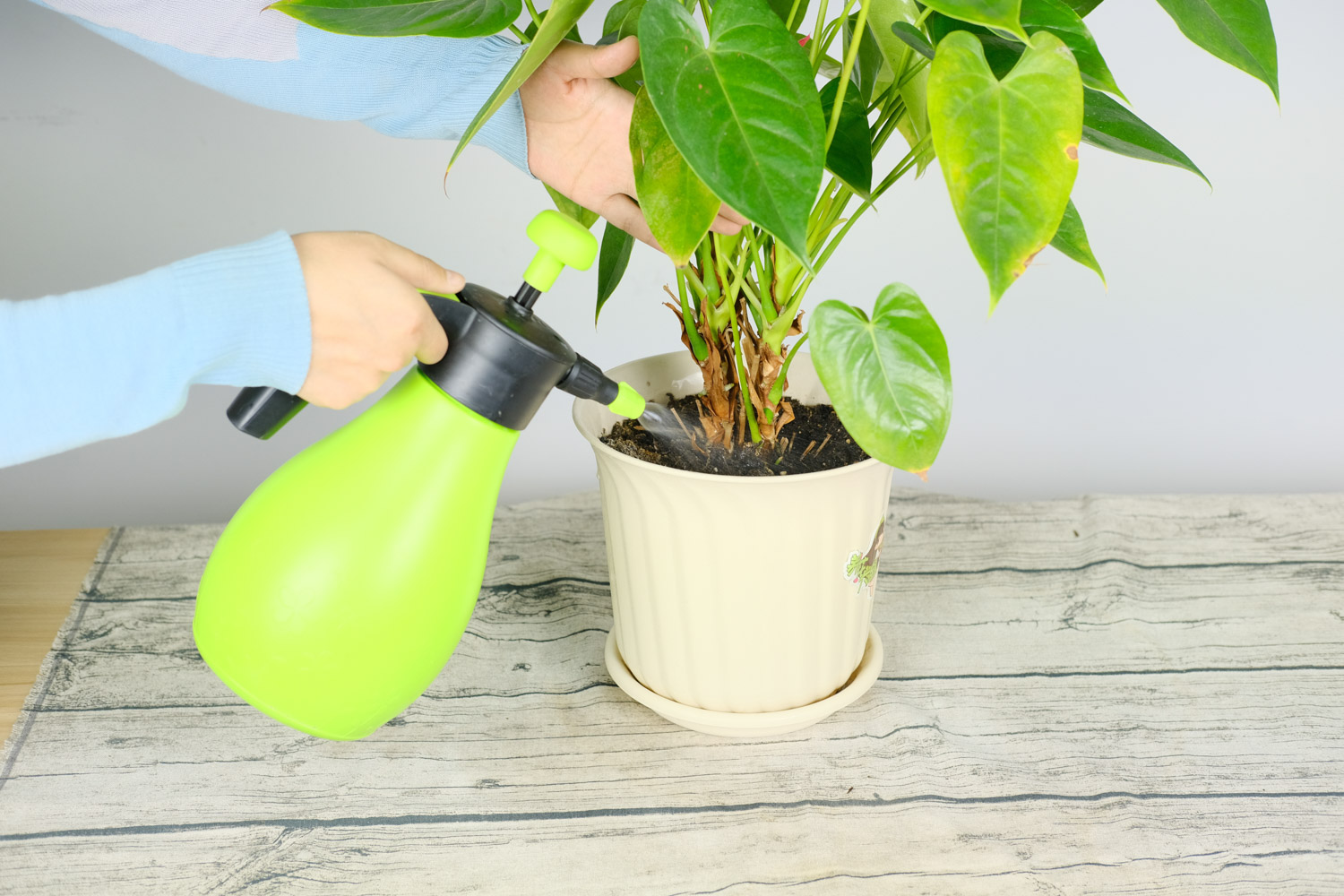

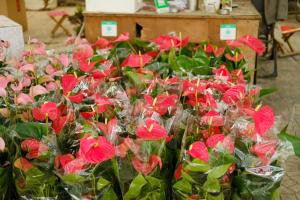 How is it that the l...
How is it that the l...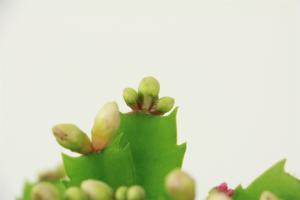 How do crab claw orc...
How do crab claw orc... Causes and treatment...
Causes and treatment... Causes and treatment...
Causes and treatment...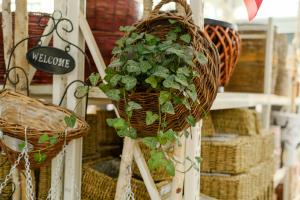 What's the matter wi...
What's the matter wi...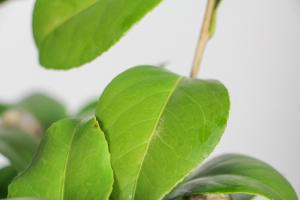 What's the matter wi...
What's the matter wi...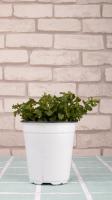 What's the matter wi...
What's the matter wi...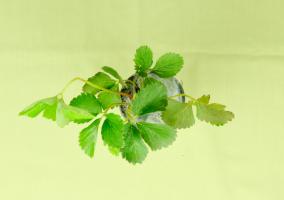 What's the matter wi...
What's the matter wi...


























